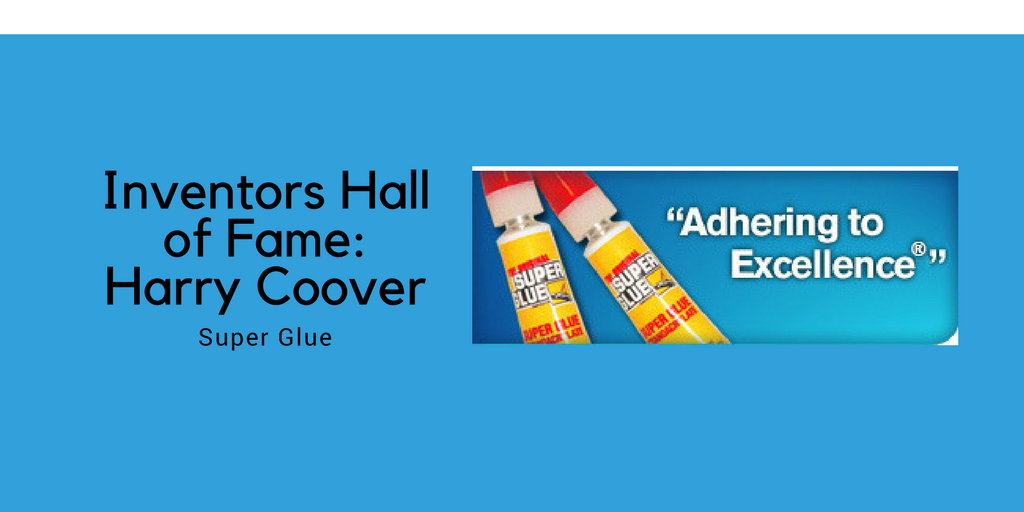How Do Inventions Come About?
Whoever invents or discovers any new and useful process, machine, manufacture, or composition of matter, or any new and useful improvement thereof, may obtain a patent therefor…” 35 U.S.C. 101
A patent on an invention may not be obtained if the differences between the invention sought to be patented and the prior art are such that the invention would have been obvious at the time it was made to a person having ordinary skill in the art to which the invention pertains. Patentability shall not be negatived by the manner in which the invention was made. 35 USC 103
That last sentence basically means that if an invention came about because of many hours of diligent work and effort or in a flash with no effort at all it doesn’t affect whether it is patentable… even if invented by accident.
Six Ways Inventions Come About:
- Identification of a problem
- Finding a new way to solve the problem
- Scientific method
- Trial and error
- Hypothesis
- Accident
There are many products that were invented by accident that changed the world but here are examples of a couple interesting inventions that came about accidentally:
Accidental Invention – Popsicle®
In 1905 an 11 year old Frank Epperson mixed some soda water powder and water, which at the time was a popular drink. He left the mixture outside overnight with the stirring stick in it. 
Frank realized the commercial possibilities of his invention and was granted a patent in 1924. By 1928, Epperson had earned royalties on more than 60 million Popsicle® ice pops. In 1998 Popsicle® celebrated its 75th anniversary and continues to be one of the top frozen novelty brands in America. The trademark is registered to Unilever Supply Chain, Inc.
Accidental Invention – Post-it Notes®
Post-it® Notes was actually the product of an engineering mistake by 3M scientists who accidentally stumbled upon an adhesive that could stick and be repositioned on just about any surface. Spencer Silver was working in the 3M research laboratories in 1970 trying to find a strong adhesive.

Another 3M scientist named Arthur Fry was singing in the church’s choir and used Silver’s adhesive to coat his markers. Success! With the weak adhesive, the markers stayed in place, yet lifted off without damaging the pages. 3M began distributing Post-it ® Notes nationwide in 1980 — ten years after Silver developed the super weak adhesive. Today they are one of the most popular office products available.
Accidental Invention – The Slinky®
In 1943 during World War II, Richard James an engineer in the United States Navy saw a torsion spring fall to the floor and flip-flop as he watched. James and his wife Betty James perfected a long steel ribbon tightly coiled into a spiral. They began production of Slinkys® out of 80 ft of wire in 1945 under the company name James Spring & Wire Company. According to one estimate more than 300 million Slinkys have been sold. In 1998, Betty James sold the Slinky to Poof Products, Inc.




